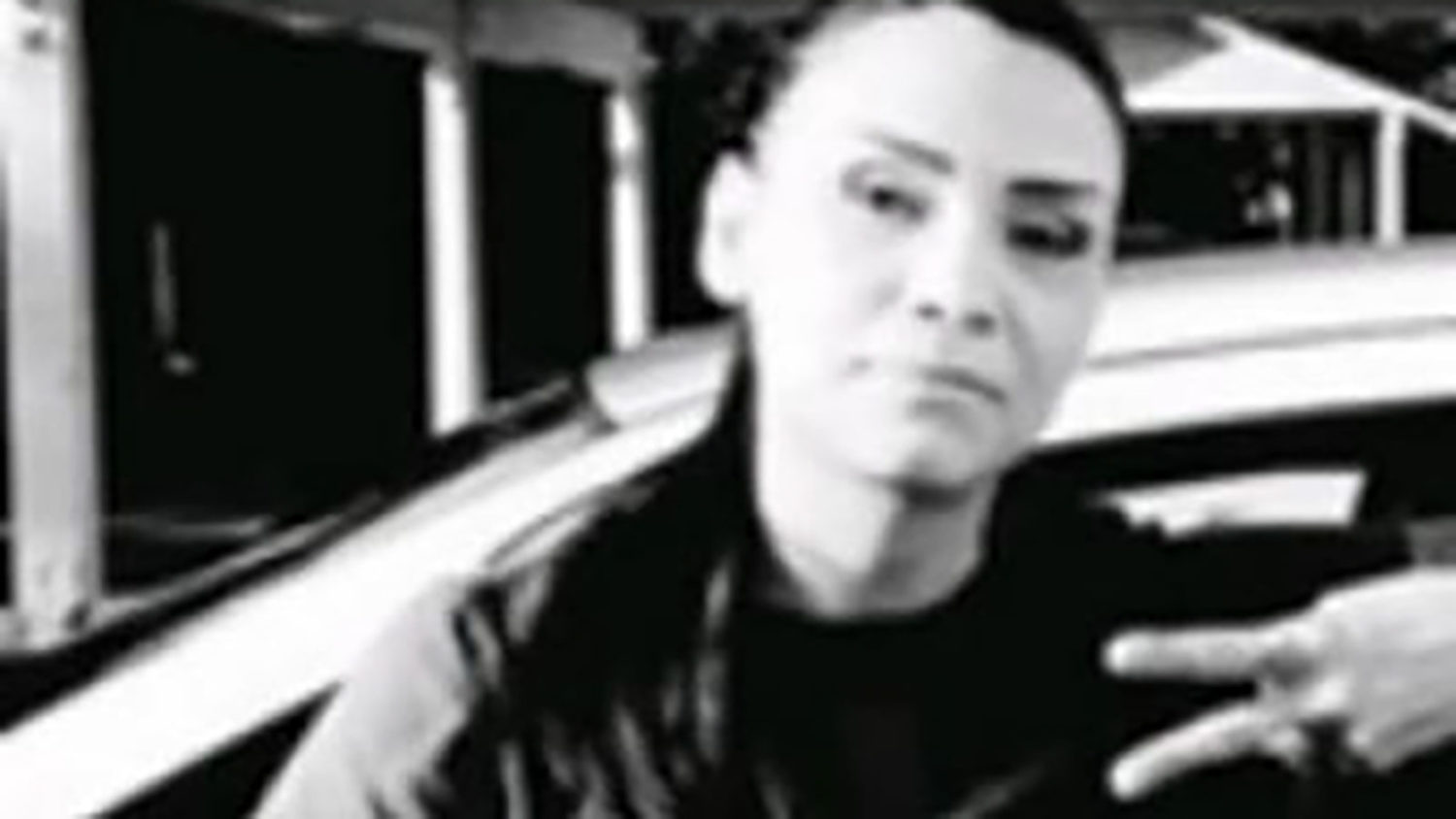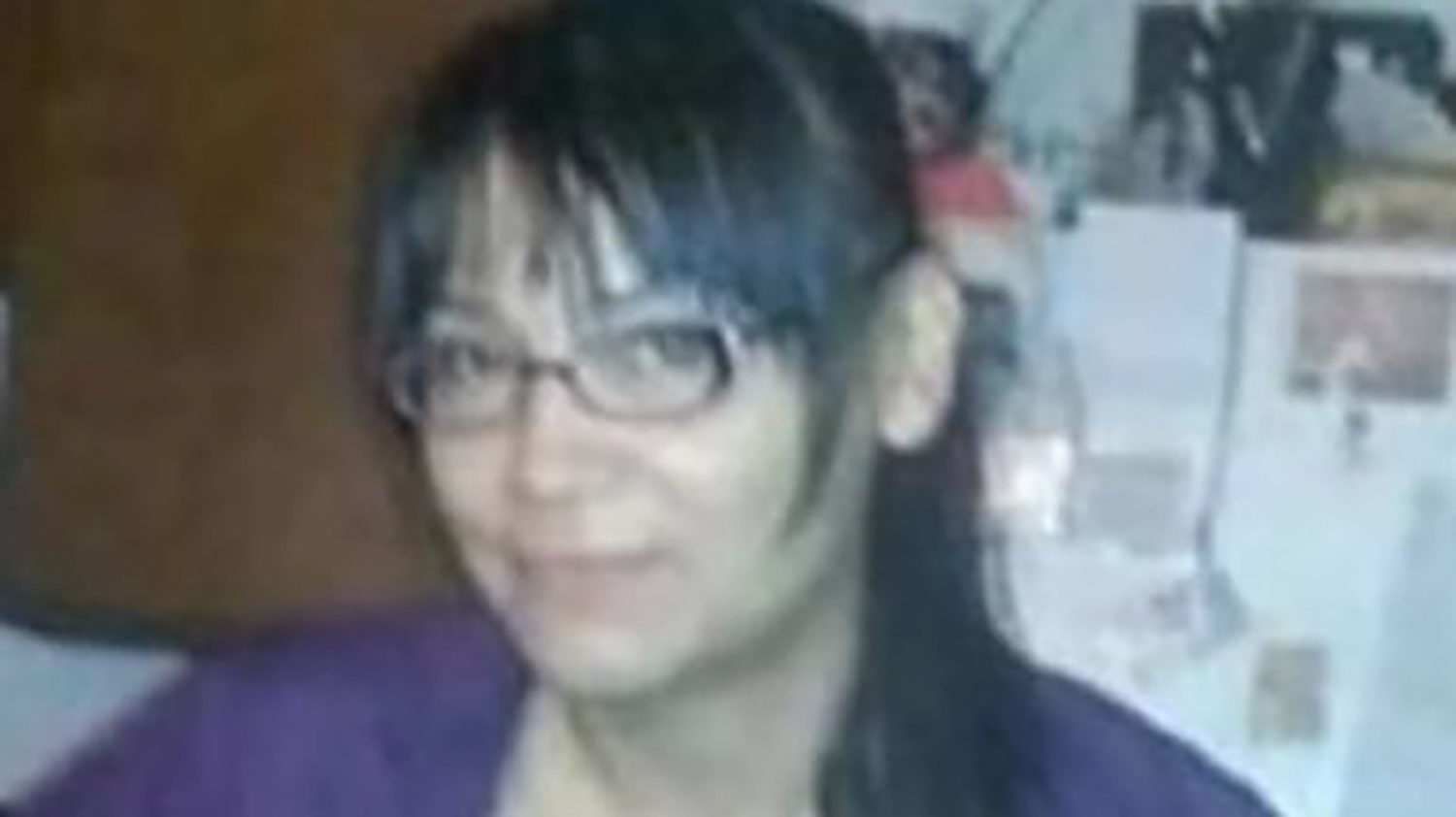
By Harmeet Kaur, CNN
(CNN) — In the months before Mary Johnson disappeared, her sister said she wasn’t herself.
Johnson and her husband, who had been living in the home of her sister Gerry Davis in Sedro-Woolley, Washington, abruptly left and moved to Marysville about 40 miles away, Davis said. She rarely answered her phone when Davis called, and only occasionally responded to texts. Then one day, Johnson’s estranged husband contacted Davis to say he hadn’t seen his wife in weeks.
The last time anyone said they saw Mary Johnson — also known as Mary Davis — was on November 25, 2020. Johnson, an enrolled citizen of the Tulalip Tribes and then 39 years old, was walking on a road in Western Washington, en route to the house of some friends in a nearby town. She never made it there.
It’s been nearly 10 months since Johnson was reported missing. A billboard on Interstate 5 and local media coverage have yielded few credible tips, and tribal police have yet to make an arrest in the case. Only last week did the FBI announce it would offer a reward of up to $10,000 for information about Johnson’s disappearance. While family members and advocates welcome the move, they also wonder what took so long.
“If that was a little White girl out there or a White woman, I’m sure they would have had helicopters, airplanes and dogs and searches — a lot of manpower out there — scouring where that person was lost,” Nona Blouin, Johnson’s older sister, said. “None of that has happened for our sister.”
Those feelings ring especially true this week, as the case of missing 22-year-old Gabby Petito captured the attention of the internet. Meanwhile, at least 710 Indigenous people — more than half of them women or girls — were reported missing between 2011 and September 2020 in Wyoming, where Petito’s remains were found this week, according to a University of Wyoming report. While about half were usually found within a week of going missing, as per the report, family members and advocates said none received the same level of media coverage nor the same urgency in law enforcement’s response as missing White people.
Too often, that means families like Johnson’s are left waiting without answers.
Johnson’s disappearance remains unsolved
There’s a lot unknown about the circumstances under which Johnson disappeared last year.
The following sequence of events, based on a CNN interview with Tulalip Tribal Police Department Detective David Sallee and a local news report in The Everett Herald, is what authorities have pieced together based on cell phone records and conversations with people who saw her.
At the time Johnson disappeared, she and her husband weren’t in a good place, Sallee said. She was staying mostly with friends, returning to the couple’s shared house every few days to pick up her mail and take a shower before heading out again.
On November 24, a day before she was last seen, Sallee said her estranged husband dropped her off with a suitcase at a friend’s house on the Tulalip reservation. Johnson stayed there overnight, and planned the next day to head to the house of a couple she knew in Oso about 30 miles away.
The friend she was staying with was supposed to give her a ride to a nearby church, where someone else would pick her up and take her to the couple’s house in Oso. A second man, who had been staying at the same house as Johnson, wanted a ride, too.
But things went awry on November 25, and Sallee said Johnson’s friend backtracked on the offer to give her and the second man a ride. Johnson set out toward the church on foot around 1:30 p.m., and the second man also started walking away from the house.
A third man who was set to pick Johnson up at the church and take her to Oso eventually drove by and saw her walking on Fire Trail Road with the man who also wanted a ride, Sallee said. He indicated he only had enough room in his vehicle for one person and kept on going, ultimately declining to give her a ride.
Johnson never made it to the couple’s house in Oso, Sallee said. But before she disappeared she left that couple a voicemail, desperation in her voice as she urged them to pick up, according to records obtained by The Everett Herald. She also made another call around 2:30 p.m. — the woman who picked up reportedly said to police that she told Johnson she was too busy to speak.

FBI
Police believe that someone may have picked Johnson up at some point, because cell phone records indicate that about an hour after her last call, her phone connected to a tower in the Oso area — too great a distance for her to have walked so quickly. The phone then went offline for a period of time, Sallee said, before again connecting to a tower in the Greater Marysville Tulalip area that night. It remained in that location until the next morning, when it eventually powered off.
The man who was supposed to pick Johnson up from the church reportedly told police that he hadn’t seen or heard from her since November 25. The man who had been walking with her said the two went their separate ways and that he’d had no sign of her either.
On December 9, 2020, Johnson’s estranged husband reported her missing.
In the nearly 10 months since, there has been little movement in the investigation, which Sallee said remains “open and active.” He said the police department had identified multiple persons of interest, though it has yet to make an arrest.
Because a body hasn’t been recovered, Sallee said it’s difficult to establish the probable cause necessary to seek specific search warrants. Because Johnson’s disappearance was reported weeks after the fact, he said surveillance footage or precise location information that could offer clues has likely been overwritten. And because authorities don’t know for sure whether Johnson disappeared on or off the reservation, he said it’s unclear whether they can leverage federal grand jury subpoena powers or not.
“We don’t know if she was kidnapped, held against her will, if she has been murdered. It could be argued maybe she just wandered off in the woods and got lost. Maybe she overdosed and passed away somewhere in a remote area and we don’t know where she’s at. Maybe she’s just hiding, maybe she’s in treatment,” Sallee said. “There’s a lot of maybes.”
Authorities are often slow to act, advocates say
To advocates who work on the issue of missing and murdered Indigenous women and girls, however, such challenges and uncertainties come off as excuses.
Abigail Echo-Hawk, chief research officer for the Seattle Indian Health Board and an enrolled member of the Pawnee Nation of Oklahoma, says one of the primary barriers in addressing this crisis is the “maze of jurisdiction” in Indian Country. Cases of missing Indigenous women are often mired in bureaucracy, with prosecutors and law enforcement having to establish whether the authority rests with the federal government, the state or the tribe. The time it takes to determine the jurisdiction of a case can ultimately affect whether those women live or die, she said.
“This maze of jurisdiction that exists — that is, who does what investigations and who’s responsible for what — is part of this system of inequity,” Echo-Hawk said.
It’s why so many cases of missing and murdered Indigenous women remain unsolved, says Annita Lucchesi, executive director of the research group Sovereign Bodies Institute and a descendant of the Cheyenne tribe. Jurisdictional issues can limit tribal authorities from successfully prosecuting non-Native people for crimes committed on tribal lands except in some cases, and the federal government — who typically does have that authority — has often declined to act.
Another piece of the problem, as some advocates see it, is that Indigenous women are often blamed for their own disappearances, resulting in a lack of empathy for victims from authorities and the general public.
“They are assumed to have been killed, murdered or disappeared. They’re assumed to have run away, to have had substance abuse issues, to have done something that caused them to go missing or to be murdered,” Echo-Hawk said.
Those attitudes only perpetuate the problem and make it easier for perpetrators to avoid accountability, Lucchesi said.
“That kind of narrative about Indigenous people just lends itself to more violence so that when this violence does happen, it’s not a disruption of the social fabric the way it would be when it happens to somebody else,” she said. “Because we’re already perceived as not part of the social fabric, because we’re either dead and disappeared. We’re less than human. We’re so far away on some remote reservation that we’re not part of the rest of the community.”
The full scale of the problem is unknown
Johnson is just one of countless missing or murdered Indigenous women and girls in the US — a nationwide crisis for which there are no definitive statistics.
The numbers that do exist are likely an undercount, in part because Indigenous women and girls are sometimes misclassified as White, Hispanic or Asian. Adding to the data problem is a historic distrust of law enforcement by Indigenous communities, which can lead some cases to go unreported.
About 1,500 missing persons cases of American Indian and Alaska Native people have been recorded across the US by the National Crime Information Center, while approximately 2,700 homicide cases have been reported to the federal government’s Uniform Crime Reporting Program.
A database maintained by Lucchesi’s Sovereign Bodies Institute puts the count higher, with more than 4,500 cases of missing Indigenous women and girls dating back to the 1900s, she said. There are nine such cases just in her own family, Lucchesi said.
“That shadow of death is always there,” she added.
That’s why advocates are pushing leaders and policymakers to do something about the issue.
The attorney general in Washington state, where Johnson was last seen and which has the second highest number of missing and murdered Indigenous women cases, announced a 21-member task force to examine the systemic inequities behind the problem of missing Indigenous women and girls. Echo-Hawk’s organization recently completed a project in the state with the King County Prosecuting Attorney’s Office, reforming database systems and training staff to properly collect racial identity and tribal affiliation information for victims. And on the national level, Interior Secretary Deb Haaland announced a new unit earlier this year that would investigate the killings and disappearances of Indigenous people.
Advocates say such actions, however, are just a first step.
“There has to be money allocated. It can’t just be a checkbox for some politicians [to say], ‘We did this,'” Echo-Hawk said. “It has to be more than that.”
Johnson’s family hasn’t given up hope
Johnson’s sisters, Davis and Blouin, are trying to stay positive — though they’re also mentally preparing for the worst.
They’re heartened by all the people who have shared the poster with Johnson’s picture on their social media accounts. They’re asking everyone to keep their eyes out for a 5-foot-6, 115 pound woman with black hair and brown eyes, a sunburst tattoo on her upper right arm and a beauty mark on the back of her neck. And they want law enforcement to deploy every possible resource at their disposal — because Native women deserve the same respect and compassion as anyone else.
“My sister is a wonderful person and we all love her dearly,” Blouin said. “If you have any information, please just reach out to your local law enforcement, the Seattle FBI or the Tulalip PD. Bring her home. We miss her.”
The-CNN-Wire
™ & © 2021 Cable News Network, Inc., a WarnerMedia Company. All rights reserved.



